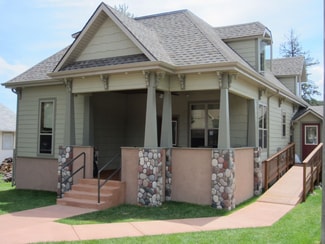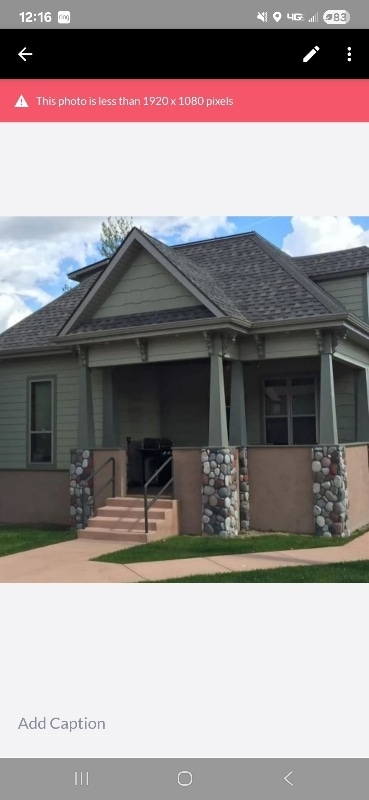$1,400 per month
- 2 Beds
- 2 Baths
- Condo for Rent
530 Harney St Unit B, Custer, SD 57730
Property Id: 1640625This property is within walking distance of downtown Custer and minutes away from many Black Hills Attractions. The unit is fully furnished with plenty of room to set up an in-home office outside of the bedrooms, ideal for remote working.





